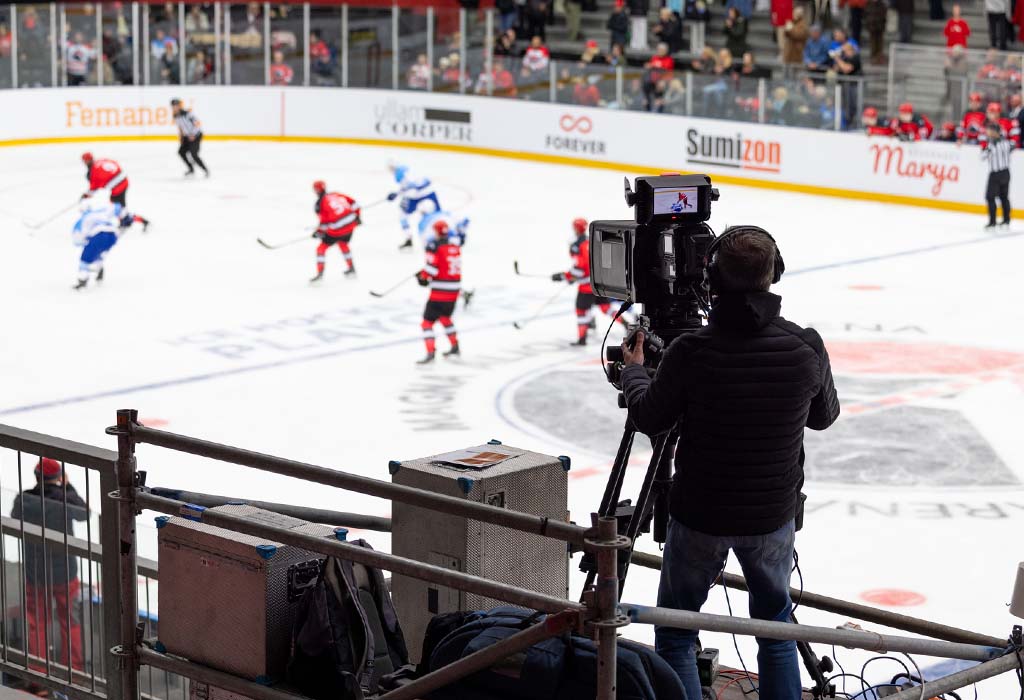
IESE Insight
Sports organizations: No place for amateurs
There are profound changes in organizations whose goal is to promote or develop sports - namely professionalization and commercialization.
Sports management is no longer in the amateur league. Sports organizations have become increasingly professionalized and commercialized in recent years, which has given rise to what we now know as the sports business.
Why is it, then, that there is so little written about the structure of the business?
In their paper "Características estructurales de las organizaciones deportivas" ("Structural Characteristics of Sports Organizations"), IESE Prof. Sandalio Gómez and research assistants Magdalena Opazo and Carlos Martí show how the sports world has changed. These organizations have adopted a wide variety of dynamic structural forms, which are important to understand.
The concept of the sports organization is rather broad. It encompasses all of the social organizations that participate in this sector, which are goal oriented and rigorously structured. Thus, everything from makers of sports products, to the organizers and broadcasters of sports events, to the teams and even the gyms fit into this broad definition.
Context matters
Organizational theory gives greater relevance to the influence of context upon the behavior and design of an organization. The contextual factors with the most bearing are: the size of the organization; the technology being used; and the environment, which, in the case of sports organizations, has its own inherent characteristics.
Size of the organization. As an organization grows, so does its complexity. To measure the magnitude of a sports organization, the factors normally taken into account are budget and the total number of people under its umbrella. Also, a distinction must be made between volunteers and paid personnel, and between those strictly dedicated to sports and those who are not.
Technology. The advancements made in information and communications technologies (ICTs) have translated into interesting opportunities for sports organizations. Radio, television and the Internet generate huge revenues for organizations, as they become platforms for broadcasting a competitive event to a mass audience.
Environment. The relationship between sports organizations and their environment is one of dependence/interdependence. Although they compete amongst themselves for access to scarce resources, they need each other in order to produce the competitive sports matchup.
Competition in sports is different from that of other arenas: the goal is not to eliminate the opponent, but rather to create a parity that adds uncertainty to the outcome while maintaining fan interest.
The current situation - politically (presence or absence of government backing), economically (abundance or scarcity of available resources) and socially (greater or lesser popularity of a sport within society) - conditions the internal structure of sports organizations.
A big leap forward
These three contextual factors become especially relevant when studying the structure of sports organizations in relation to their professionalization and commercialization. These two phenomena have profoundly transformed the sports world to such an extent that the organizations operating in this context now do so in a constant process of readjustment, which in turn gives rise to a wide variety of structural forms.
Professionalization affects both the people and the structures: on the one hand, the athletes have gradually moved beyond the early fan-base stage; on the other, the rationalization has taken on a form of operating that is inherent to sports promotion and development organizations.
Those two facets no longer constitute a leisure activity for those involved. Rather, sports have become the main source of income for professional athletes, and a form of mass entertainment with ever increasing frequency and intensity. At the organizational level, this prof
essionalization consists of replacing volunteers with paid staff.
The commercialization process is more recent. Only lately has it started being considered as an item to be mentioned when discussing the structural characteristics of sports organizations.
Broadcasting the events, the sales of image licenses and merchandising highlight the importance of this process. Their importance has led sports organizations to introduce new marketing strategies and new forms of organization.
Organizations and their structures
There are several types of organizations with clear differences between them. The authors propose a framework for classifying sports organizations according to mission, objective and the primary undertaking.
To some degree, they leave aside such aspects as differentiation (division of labor) and formalization (number of rules, regulations and policies that govern the organization).
Thus, one could talk about the following forms of sports organizations:
Sports "government" organizations. These organizations, whether governmental or not, are responsible for the administration and development of a particular sport in a geographic area. They design and revise the regulations and the calendar, and ensure that the rules are enforced. They require a structure for decision making that comprises an advisory committee, a president and specific committees. Despite being, by definition, not-for-profit organizations, given the dimensions that modern sports have attained, there are numerous ways they generate revenues.
Sports "activity supplier" organizations. These satisfy the community interest in carrying out a physical activity combined with socialization. The members are their fundamental component. Their organization is influenced by the wide variety of forms that they take on: a gym, community center, sports team or educational institution.
Sports "event production" organizations. Their purpose involves managing the main product of the sports industry: competitions. The Tour de France cycling race and the ATP men's professional tennis association are examples of world-class events in this segment. To ensure their continuity and commercial success, they must safeguard the uncertainty of the outcome.
